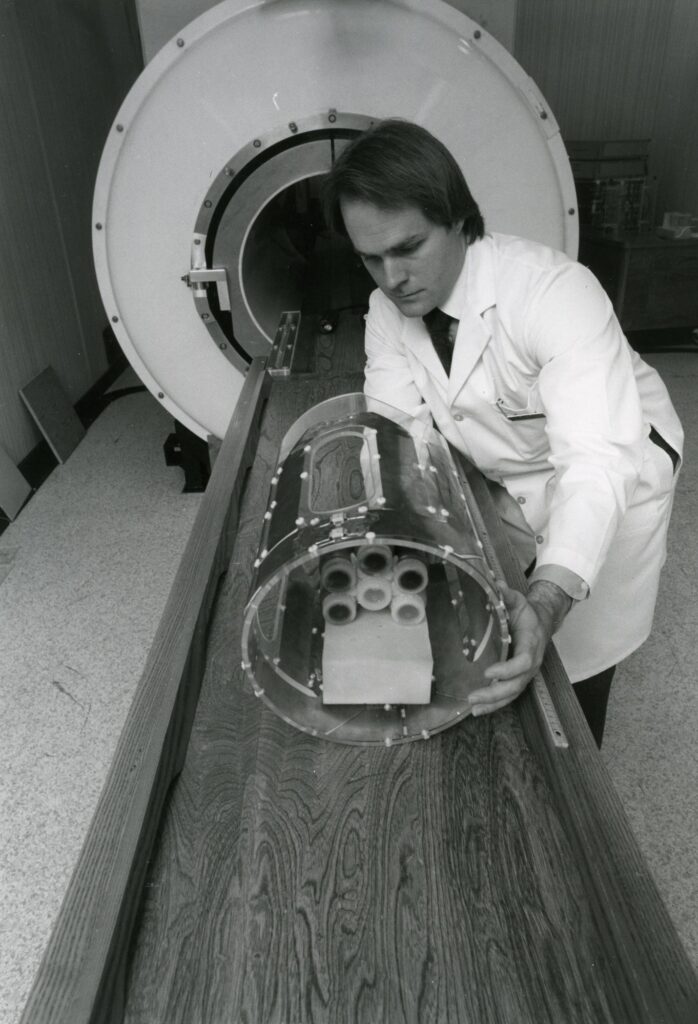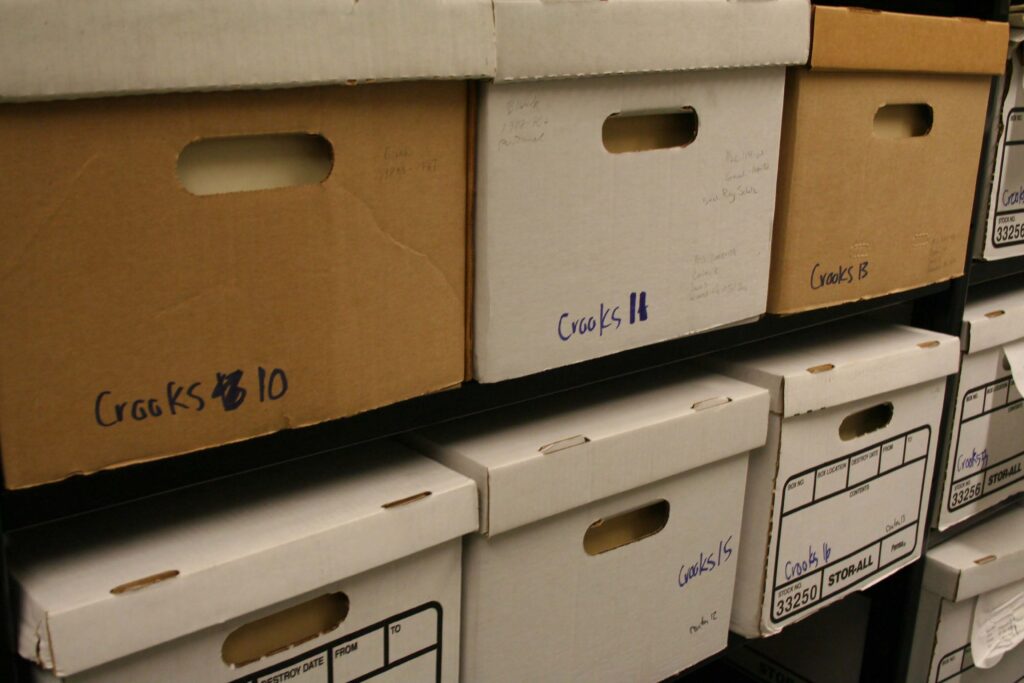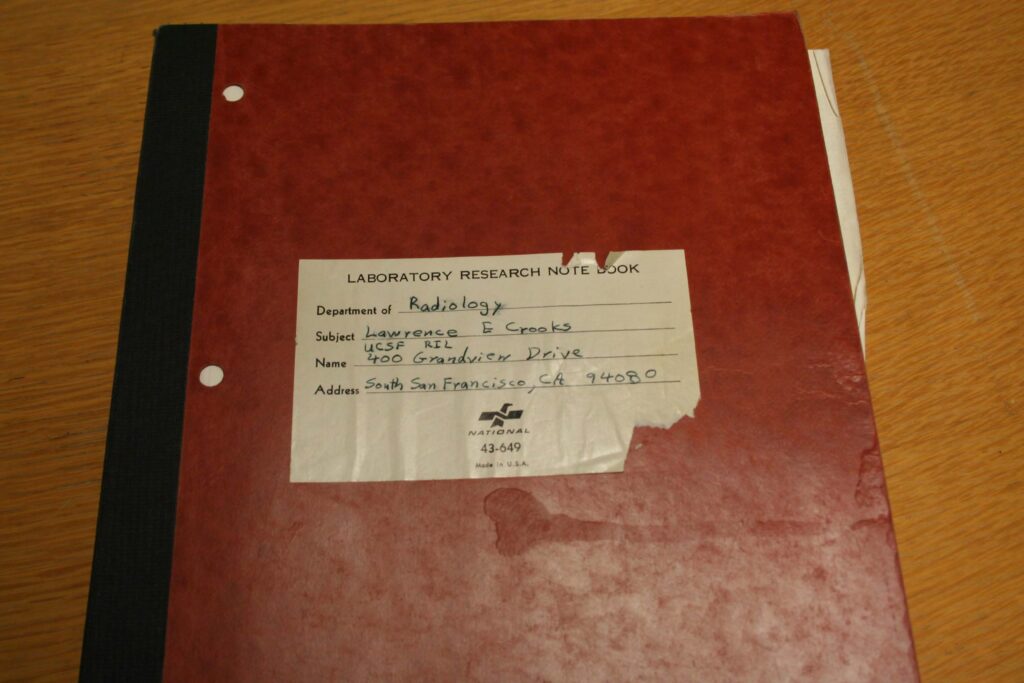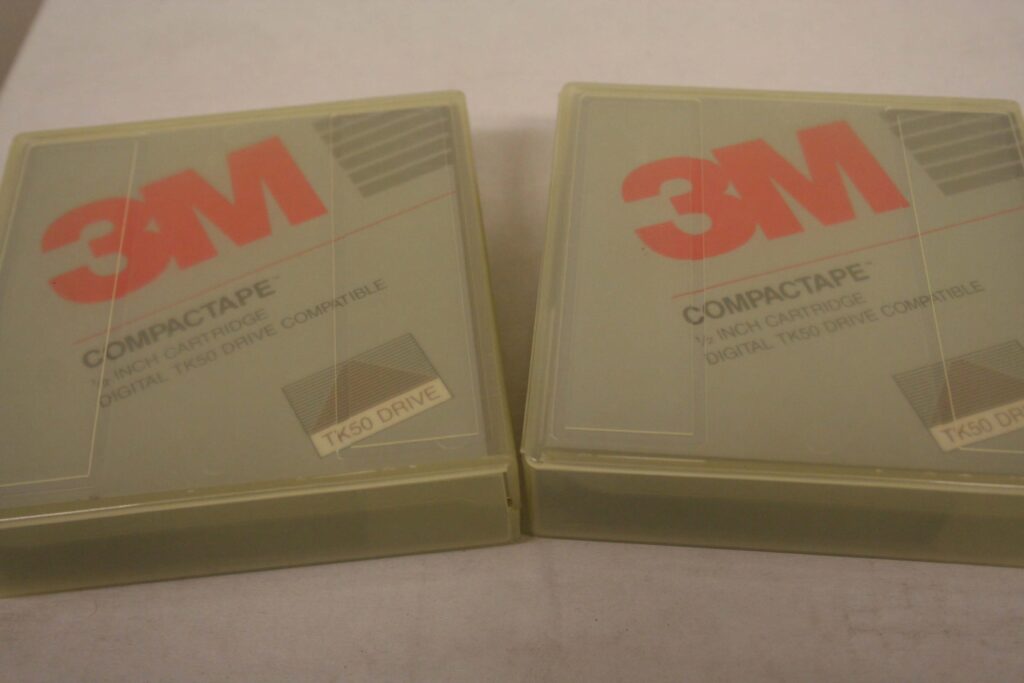Visionary Bioengineering: The Radiologic Imaging Laboratory Archive UCSF Library, 530 Parnassus Avenue, 3rd floor, San Francisco, CA Now through May 2016 Free and open to the public during library hours
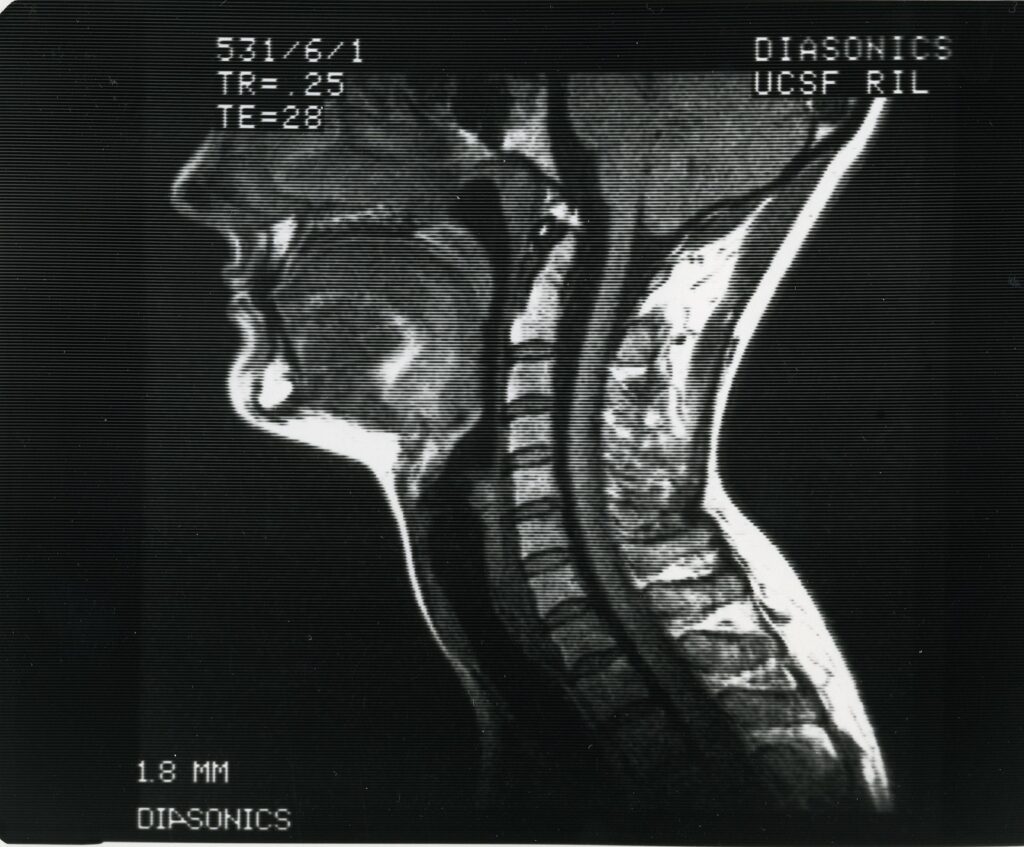
Image of MRI scan prepared for scientific publications and sales meetings, circa 1985, RIL records, MSS 2002-08
Come visit the UCSF Library and view our “sneak peek” exhibit on the history of the Radiologic Imaging Laboratory (RIL). The RIL was founded in the late 1970s by a team of UCSF scientists and engineers. The team’s goal was to create a clinically viable diagnostic tool using nuclear magnetic resonance imaging, later called MRI. Over the course of 25 years, the lab developed innovative MRI technology that transformed the way doctors diagnose and treat patients worldwide.
View images and original documents from the RIL records and learn how the lab combined entrepreneurship and biotechnology research. Join us again in the coming year for the full exhibit where we’ll further explore the RIL’s growth and technological discoveries.

Researchers and technicians Lawrence Crooks, Bob McCree, Ian Duff, and Roger Littlewood in laboratory, circa 1981, Photograph collection
We’re excited to share this archive with the public. To learn more about using the RIL records (MSS 2002-08) for research, contact the UCSF Archives and Special Collections.

